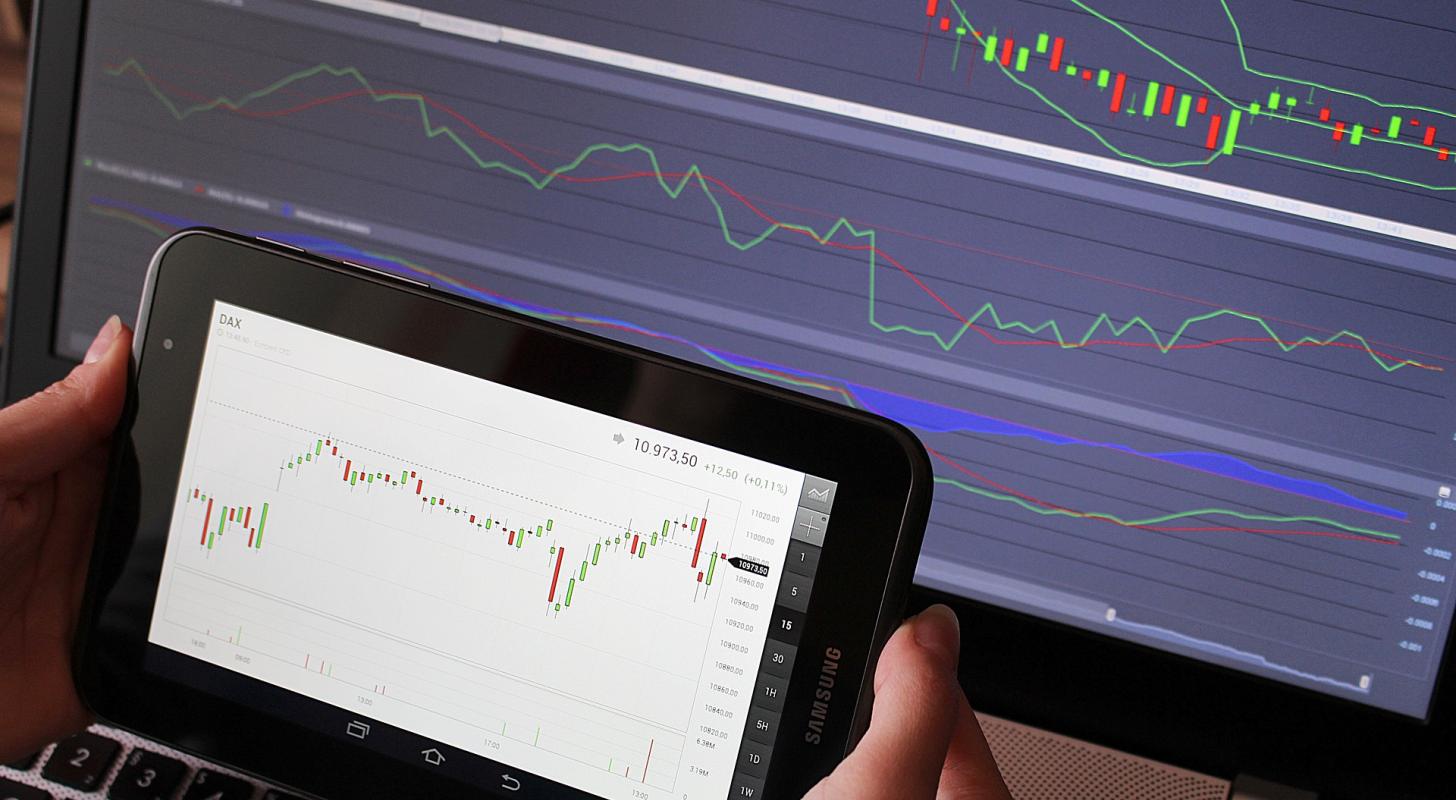
Iron Mountain Inc stocks IRM up 10.65% over the past three months. To understand a company’s price action over a period of about 3 months, it can be helpful to look at its financials. An important aspect of a company’s finances is its debt, but before we understand the meaning of debt, let’s look at Iron Mountain’s debt level.
Iron Mountain Debt
According to Iron Mountain’s most recent balance sheet, reported on November 3, 2022, total debt is $10.31 billion, of which $10.23 billion is long-term debt and $81.28 million is arrears ongoing debt. Adjusted for $155.22 million in cash, the company has net debt of $10.15 billion.
Let’s define some of the terms we used in the paragraph above. Current Debt is that portion of a company’s debt that falls due within one year, during Long-term liabilities is the portion due in more than 1 year. cash equivalents includes cash and all liquid securities with maturities of 90 days or less. total debt equals current liabilities plus non-current liabilities minus cash equivalents.
To understand a company’s level of financial leverage, shareholders look at the leverage ratio. Considering Iron Mountain’s total assets of $15.69 billion, the debt ratio is 0.66. As a rule of thumb, a debt ratio greater than 1 indicates that a significant portion of the debt is funded by assets. A higher leverage ratio can also mean that the company faces default risk if interest rates rise. However, leverage ratios vary widely across different industries. For example, a debt ratio of 25% may be higher for one industry but normal for another.
meaning of debt
In addition to equity, borrowed capital is an important factor in the capital structure of a company and contributes to its growth. The lower cost of financing compared to equity makes it an attractive option for executives trying to raise capital.
However, due to interest payment obligations, a company’s cash flow can be adversely affected. Equity investors can keep surpluses …
[ad_2]
Source story

